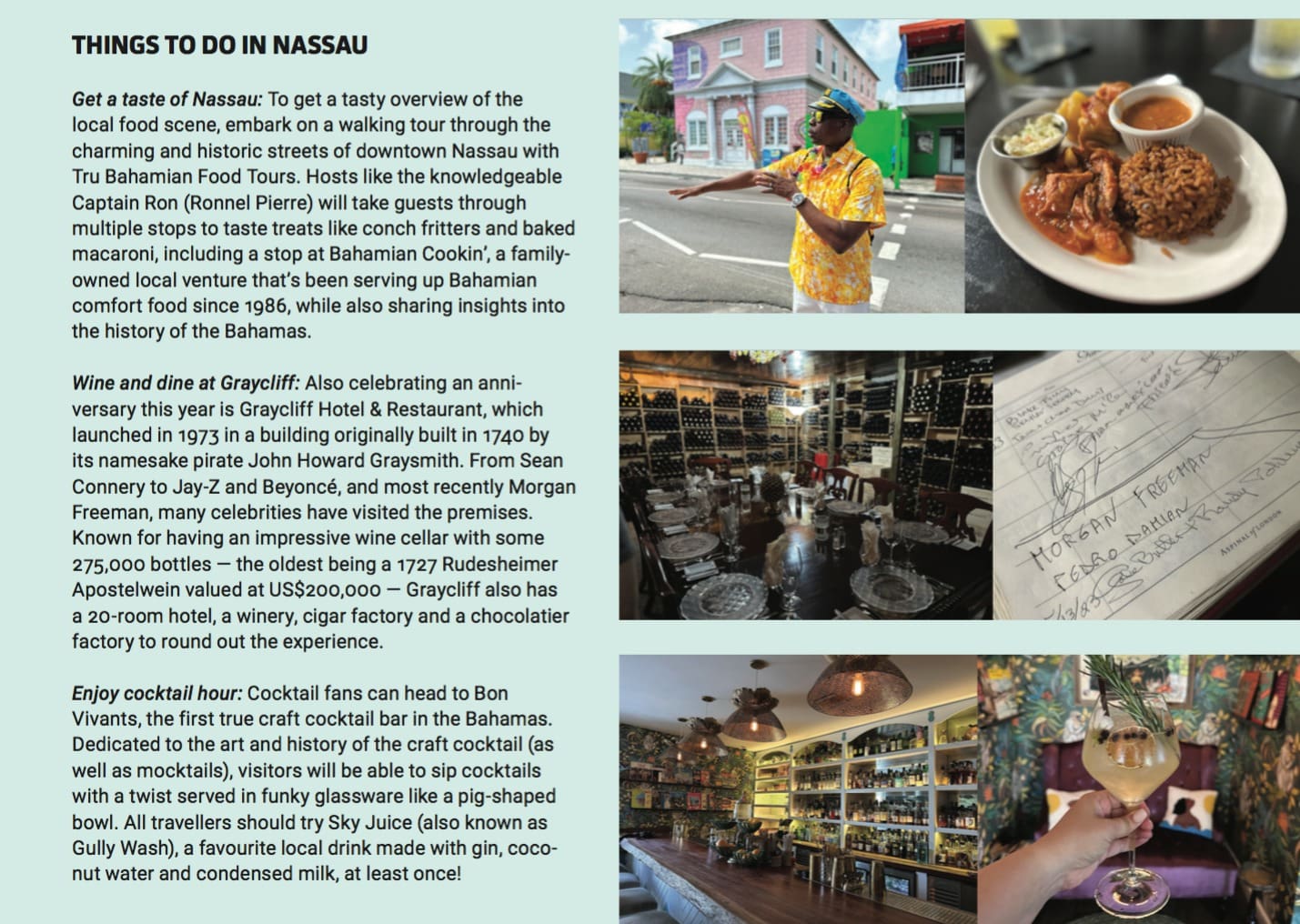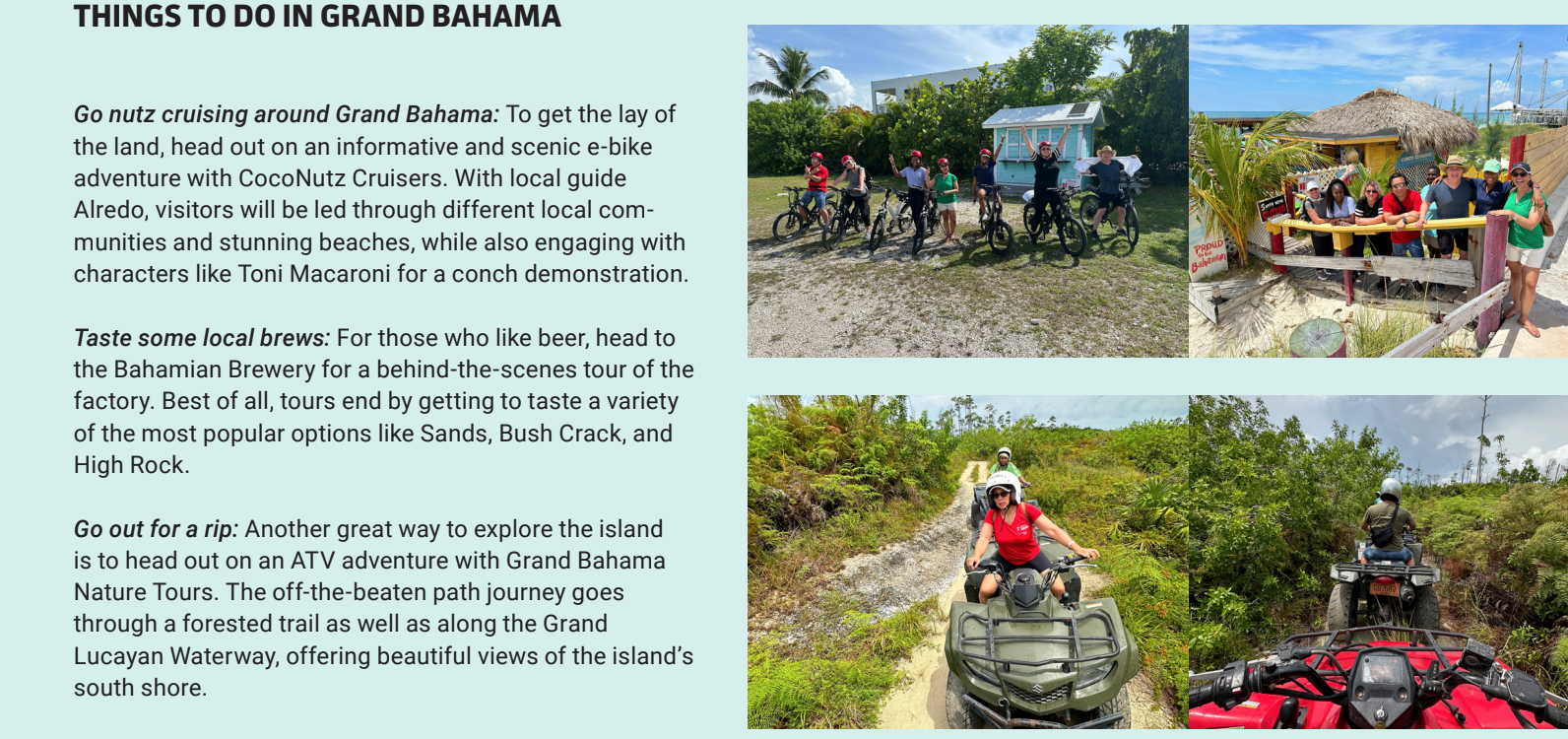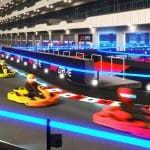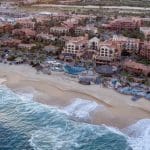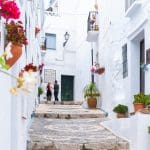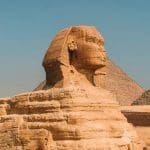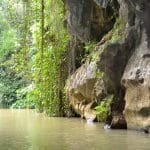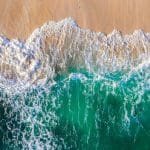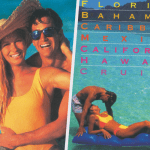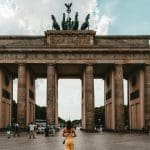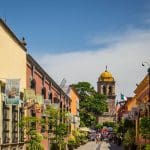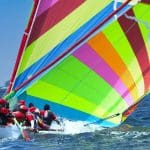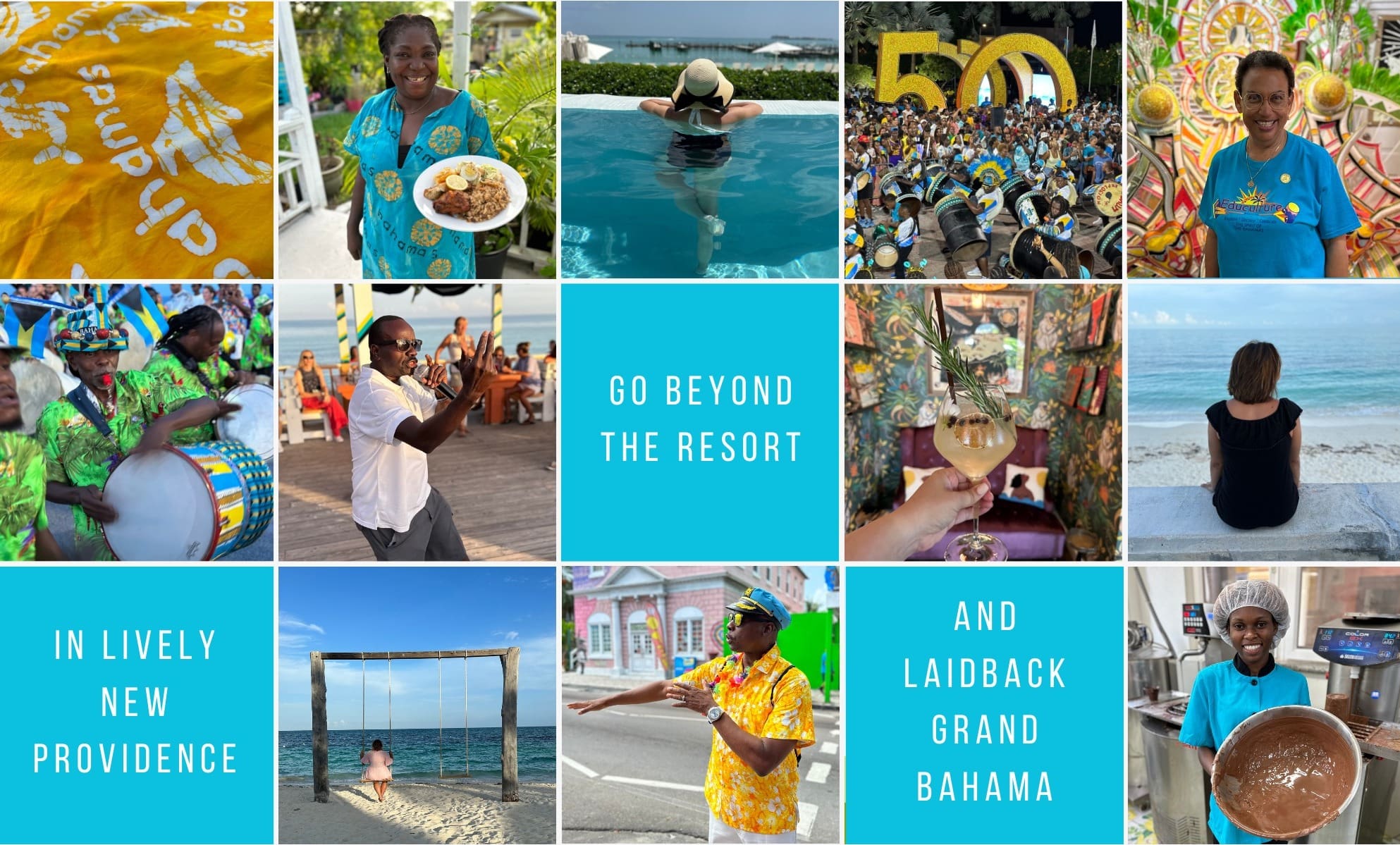
Visitors can connect with locals through the people-to-people program and festive events in the bahamas
ANN RUPPENSTEIN
I’ve just boarded a Bahamasair plane in Nassau bound for Freeport when other passengers realize that Elkin 360 Outten — a local musician who penned the song Bahamas Golden Anniversary in celebration of the country’s 50th independence on July 10, 2023 — is seated on the flight. Suddenly, several travellers start singing out loud to the catchy single, ending with Outten performing the chorus in unison, “Happy independence Bahamas, happy anniversary Bahamas!”
The next day at the popular Wednesday night Fish Fry at Smith’s Point on Grand Bahama, Outten takes the stage for another impromptu rendition of the viral song as people start crowding the dance floor and singing along.
The spirit of celebrating the Bahamas’ golden anniversary is fully alive this particular week in July with many events taking place to mark the occasion. Typically taking place on Boxing Day and on New Year’s Day, a special 50th Independence People’s Junkanoo Rush was staged in Nassau at 2:00 a.m. on July 11, transforming downtown Bay Street into a sea of the Bahamas’ national colours of aquamarine, gold and black – garnering hundreds of local participants in colourful costumes, along with cowbells, goat-skinned drums and a giant golden 50 sign on display as a backdrop.
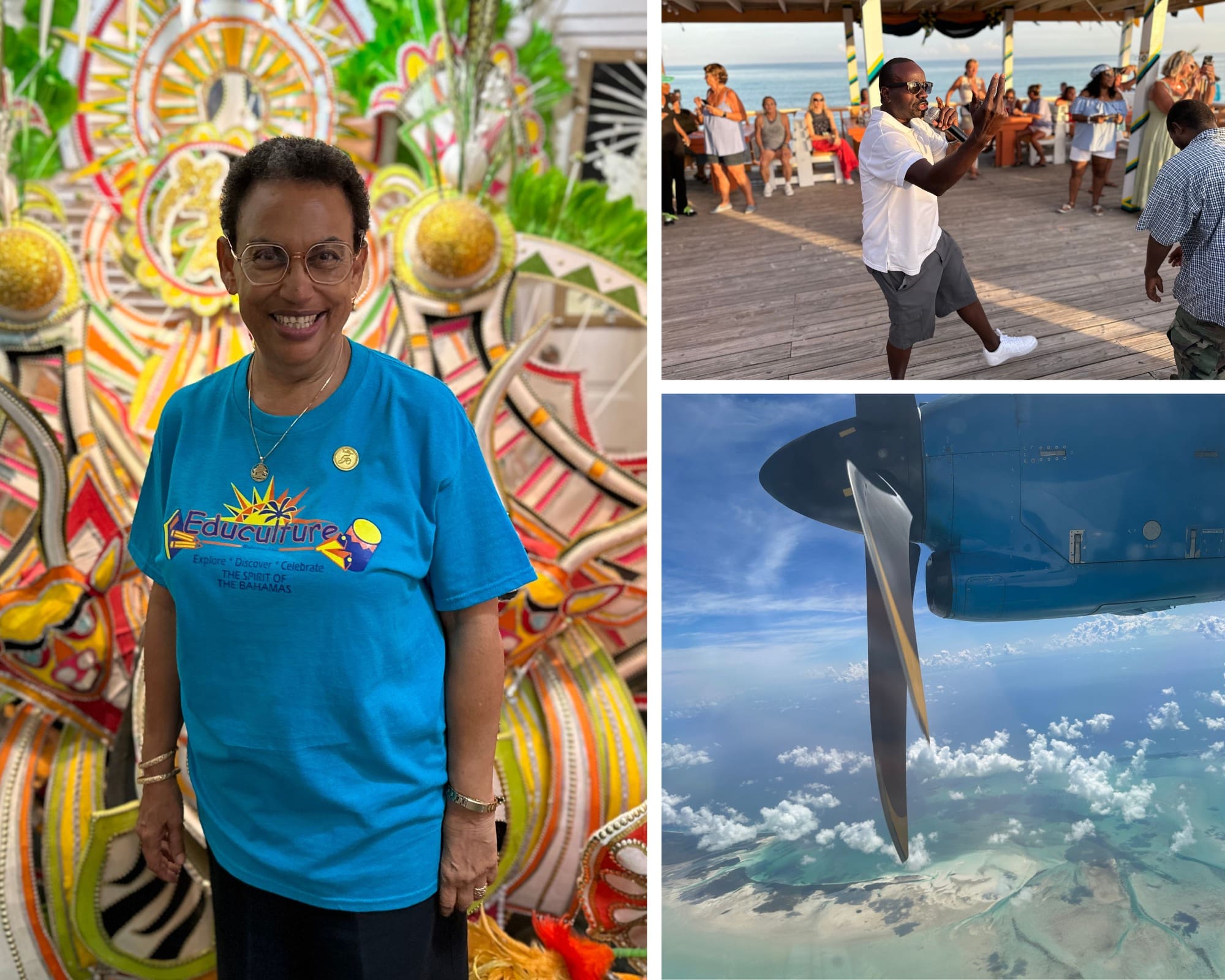
Arlene Nash Ferguson, the founder of the Nassau-based Educulture Junkanoo Museum, who helped organize the special Junkanoo Rush, explained the history of the longstanding celebration in the Bahamas.
“We have been a British colony from 1629 right up until 1973… And so 200 years ago, Christmas by law was to be observed, with three days’ holiday by everybody in this colony, including those Bahamians who were enslaved. They said, let’s use these precious three days to recreate our festivals from home. It’s time to renew the spirit and just in case anybody tries to stop us, we will wait until the night and off we go,” said Nash Ferguson, who has been taking part in Junkanoo since she was four years old. “And we discovered that although we were mixed by culture, most of our festivals shared four things in common: we use a goatskin drum, some kind of bell or rattle, you decorate yourself fully for your festival and when you cover your face, it symbolizes the presence of our ancestors. And so in these isolated islands, leaves, feathers, shells, seaweed, anything indigenous becomes your decoration.”
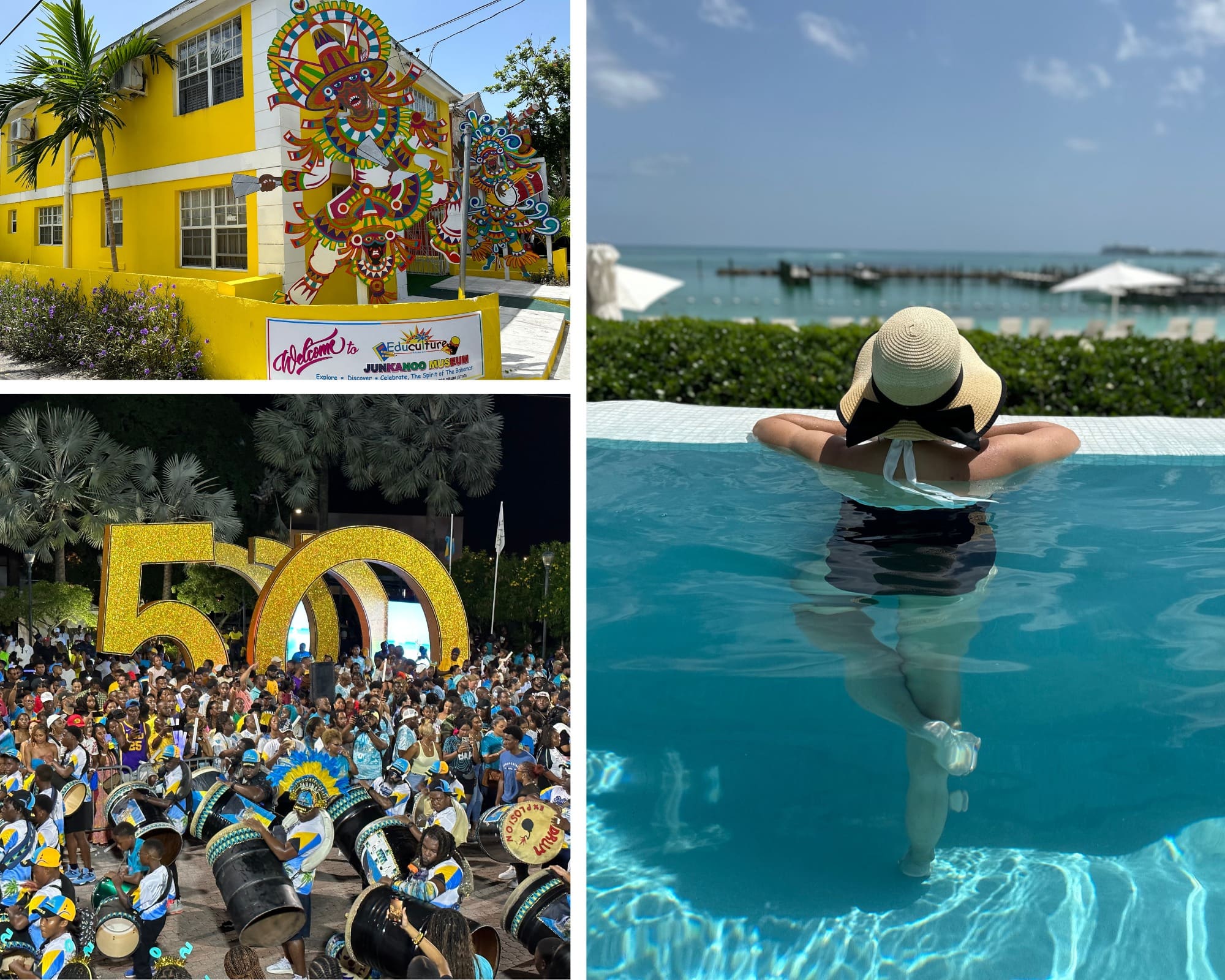
Nash Ferguson, who leads informative and engaging sessions about the history of Junkanoo from her childhood home, shared that costumes continue to be made from paper as an original sign of defiance because in those times “by law people were not permitted to learn to read and write.”
Notably, she said Bahamians work on their costumes all year long in their spare time once the theme for the following year’s festival is announced, typically made using a cardboard base that’s covered in layers of tissue paper along with elaborate headpieces.
“200 years ago in the dark of the night at Christmas time, Bahamians said ‘man we survived, let’s celebrate life’ and they told their children never to forget,” she explained. “And ladies and gentlemen, right up to Christmas gone, we who are their children, we continue to do it. Today, we call it the Junkanoo festival — at 10 o’clock Christmas night we shut down Bay street, hit the road dancing, still to the music of drums and bells.”
A host of scheduled events lasting through to the end of the year are also on the agenda over the coming months to continue the 50th anniversary celebrations across the Bahamas.
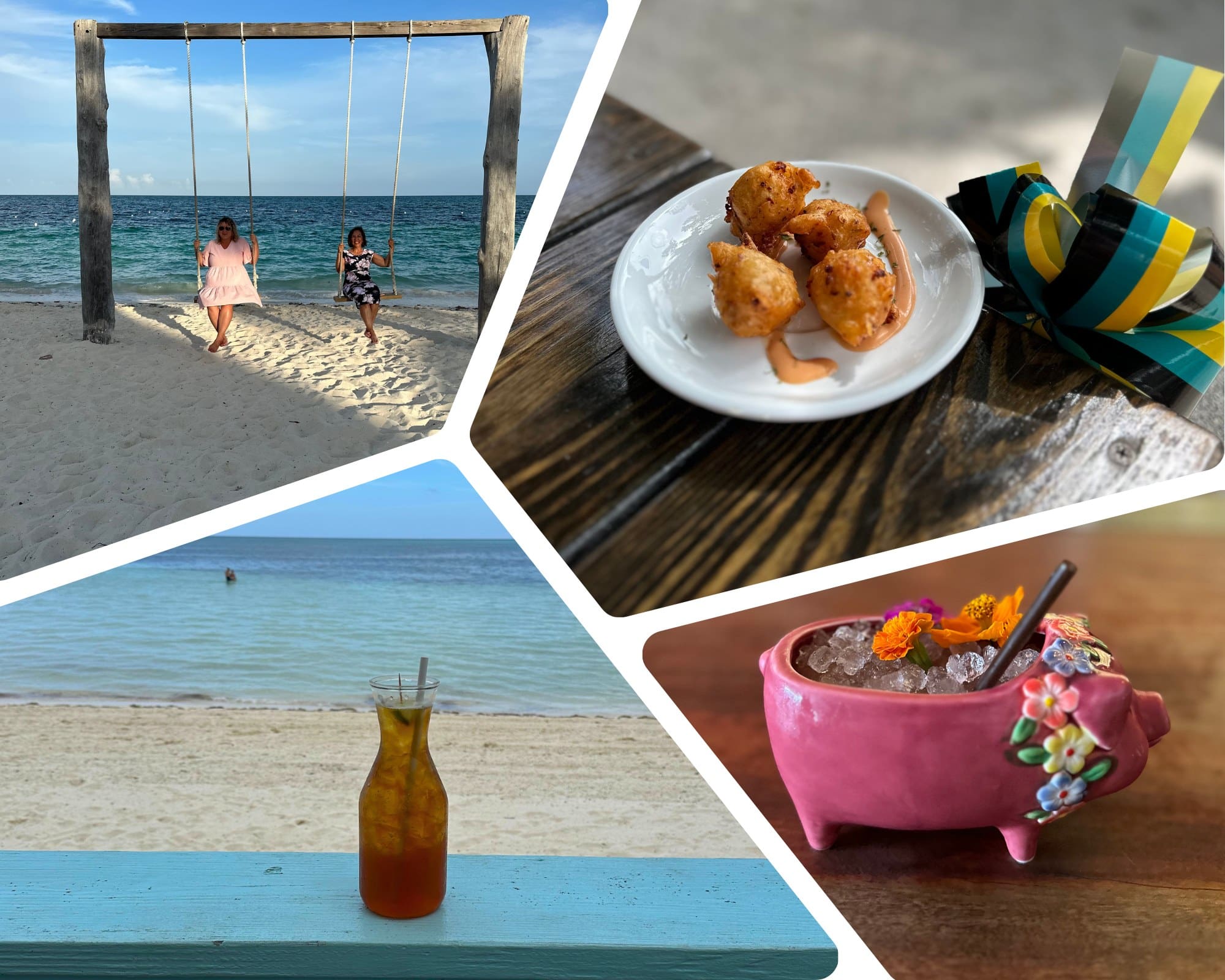
Back in Grand Bahama, I’m about to dine at a complete stranger’s house — but it’s not as reckless as one may think. As part of the Ministry of Tourism’s People-to-People program, Colette Williams opens up her home to share some traditional food with visitors and to provide an inside look into a real local’s everyday life.
“I think that’s what I was made to do — just to welcome people to our sun, sand and sea,” said Williams, who has been a host with People-to-People for 19 years, and today has served up an elaborate spread of stewed chicken, fish, peas and rice, warm potato salad, baked macaroni and cheese and a specialty hibiscus tea. “I believe that’s what I was born to do. I love people. I feel that if I can make one person have a memorable experience of the Bahamas, I would not have lived in vain so my goal is to make sure everyone has a memorable experience of my home and just share the authentic experience of Grand Bahamian hospitality.”
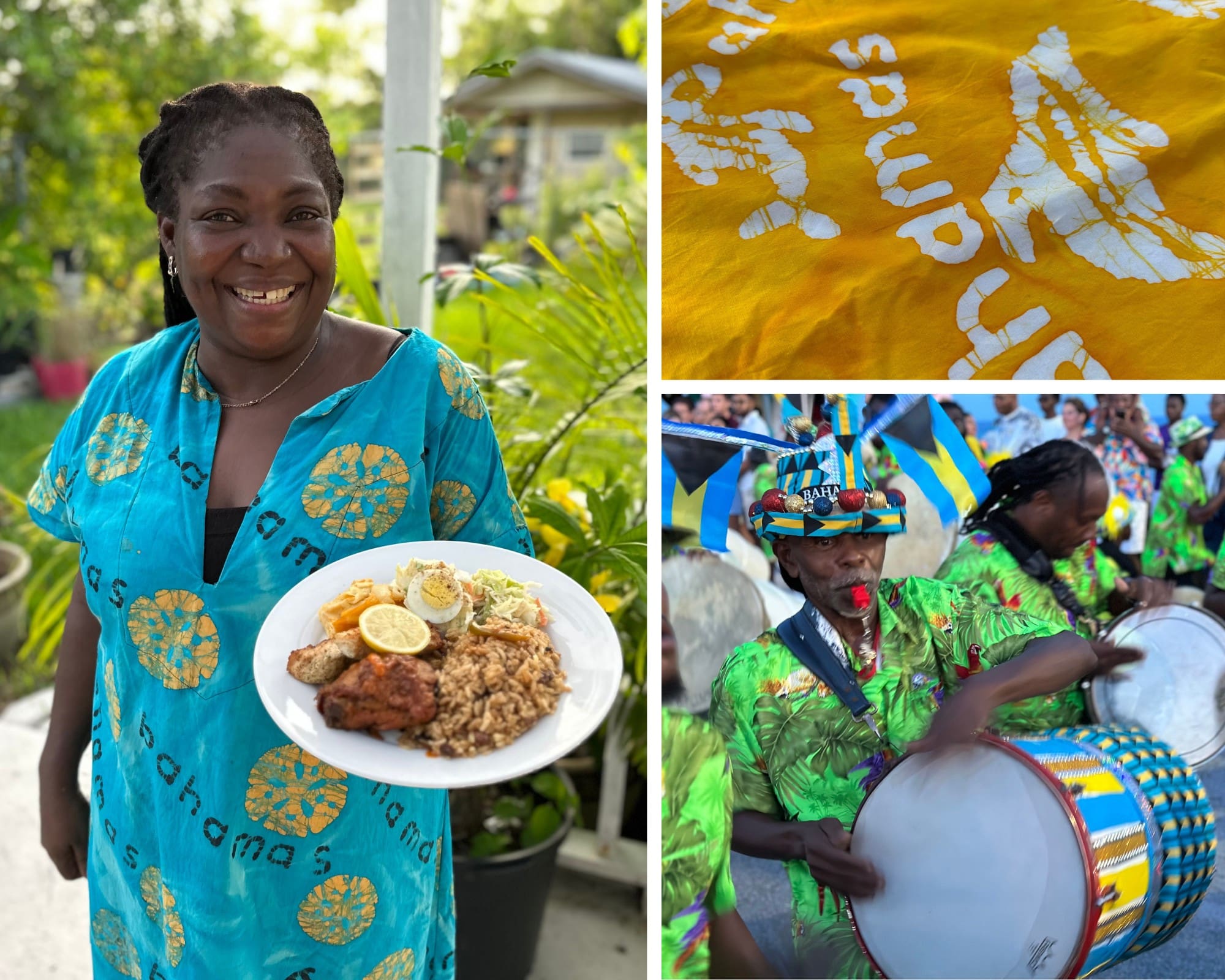
The immersive program pairs interested travellers with local vetted volunteers suited to their various interests. For example, journalists can be paired with local journalists to get a sense of their life on the job in the Bahamas. With a life-long career in tourism, Williams said she was drawn to participate in the People-to-People program.
“I worked in the hotel industry and people were often asking where do you guys live? Because you can drive around the tourist route and never even see a house,” she said. “So for me to get them to my home and to share authentic Bahamian dishes with them, that’s made by a Bahamian and not a chef from somewhere else, because when you get food in a hotel it isn’t as authentic as home cooking. There’s no cooking like home cooking. You put a face to the food, there’s a story behind it.”
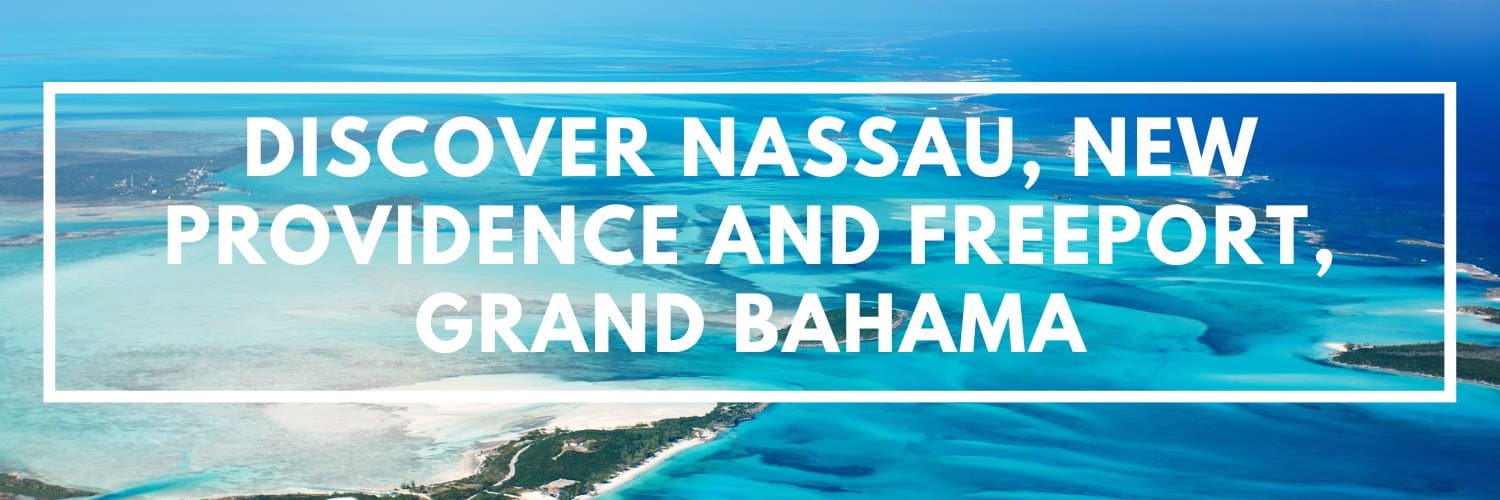
“My country is an archipelago. We have 700 Islands, and we have 2,400 rocks, let’s not leave them out, and we stretch over 100,000 square miles of the most beautiful waters in the world,” shared Bahamian Arlene Nash Ferguson. “And I say that without fear of contradiction, because it has been documented that you can see the ocean floor deeper in the Bahamas than anywhere else in the world. We literally have the clearest water.”
For those interested in visiting Nassau, New Providence or Freeport, Grand Bahama, Travel Courier has rounded up some inspiration for things to experience.
